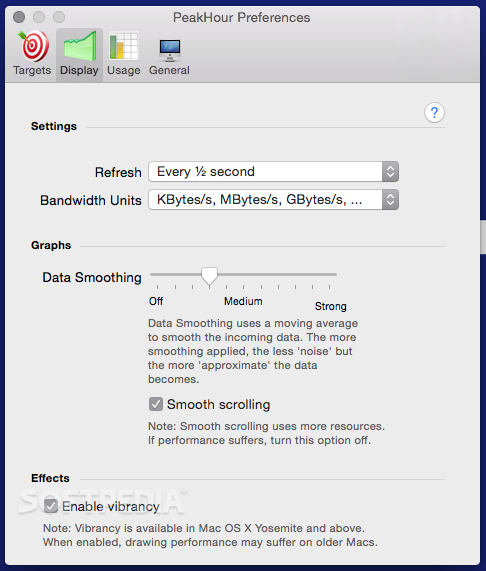

(For example, if the parameters of rule 1 include an IP address range, while the parameters of rule 2 include a single IP host address, rule 2 will take precedence.)īecause of 1 and 2, it's important that, when designing a set of policies, you make sure that there are no other explicit block rules in place that could inadvertently overlap, thus preventing the traffic flow you wish to allow.Ī general security best practice when creating inbound rules is to be as specific as possible. More specific rules will take precedence over less specific rules, except if there are explicit block rules as mentioned in 2.Explicit block rules will take precedence over any conflicting allow rules.Explicitly defined allow rules will take precedence over the default block setting.Administrators should keep the following rule precedence behaviors in mind when allowing these inbound exceptions. In many cases, allowing specific types of inbound traffic will be required for applications to function in the network.
#PEAKHOUR SETUP ROUTER WINDOWS#
See the Windows Firewall with Advanced Security Deployment Guide for general guidance on policy creation. This article does not cover step-by-step rule configuration. One key example is the default Block behavior for Inbound connections.įigure 2: Default inbound/outbound settings These settings have been designed to secure your device for use in most network scenarios. Maintain the default settings in Windows Defenderįirewall whenever possible. View detailed settings for each profile by right-clicking the top-level Windows Defender Firewall with Advanced Security node in the left pane and then selecting Properties. Public profile: Designed with higher security in mind for public networks, like Wi-Fi hotspots, coffee shops, airports, hotels, or stores.Private profile: Designed for and best used in private networks such as a home network.Domain profile: Used for networks where there's a system of account authentication against an Active Directory domain controller.The Overview panel displays security settings for each type of network to which the device can connect. When you open the Windows Defender Firewall for the first time, you can see the default settings applicable to the local computer. To open Windows Firewall, go to the Start menu, select Run, Networks and enterprise desktop/server systems. These recommendations cover a wide range of deployments including home

Configuring your Windows Firewall based on theįollowing best practices can help you optimize protection for devices in your Network traffic filtering and blocks unauthorized network traffic flowing into Routers made after 2006 should have the option to enable this on top of WPA2.Windows Defender Firewall with Advanced Security provides host-based, two-way This is the same type of encryption used by the federal government to secure classified information.

It scrambles the encryption key thereby getting rid of the problems caused by hackers cracking the radio-waves. Wi-Fi Protected Access (WPA): The Wi-Fi Alliance came up with WPA to offer an encryption protocol without the shortcomings of WEP.With the help of automated software, this information can easily be analyzed. For every data packet that is transmitted it uses the same encryption key. It uses radio-waves that are easy to crack. However, it is the least secure of all encryption protocols. Wired Equivalent Privacy (WEP): This is the oldest and most popular form of router encryption available.Commercial routers from brands like Netgear, Linksys, and ASUS often include: The most common router encryption types are WEP, WPA and WPA2. Depending on your router, you might have options for different kinds of encryption.


 0 kommentar(er)
0 kommentar(er)
